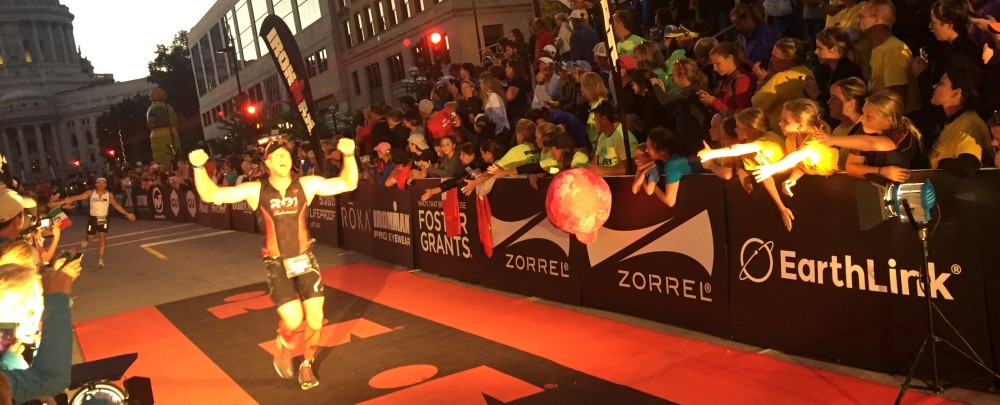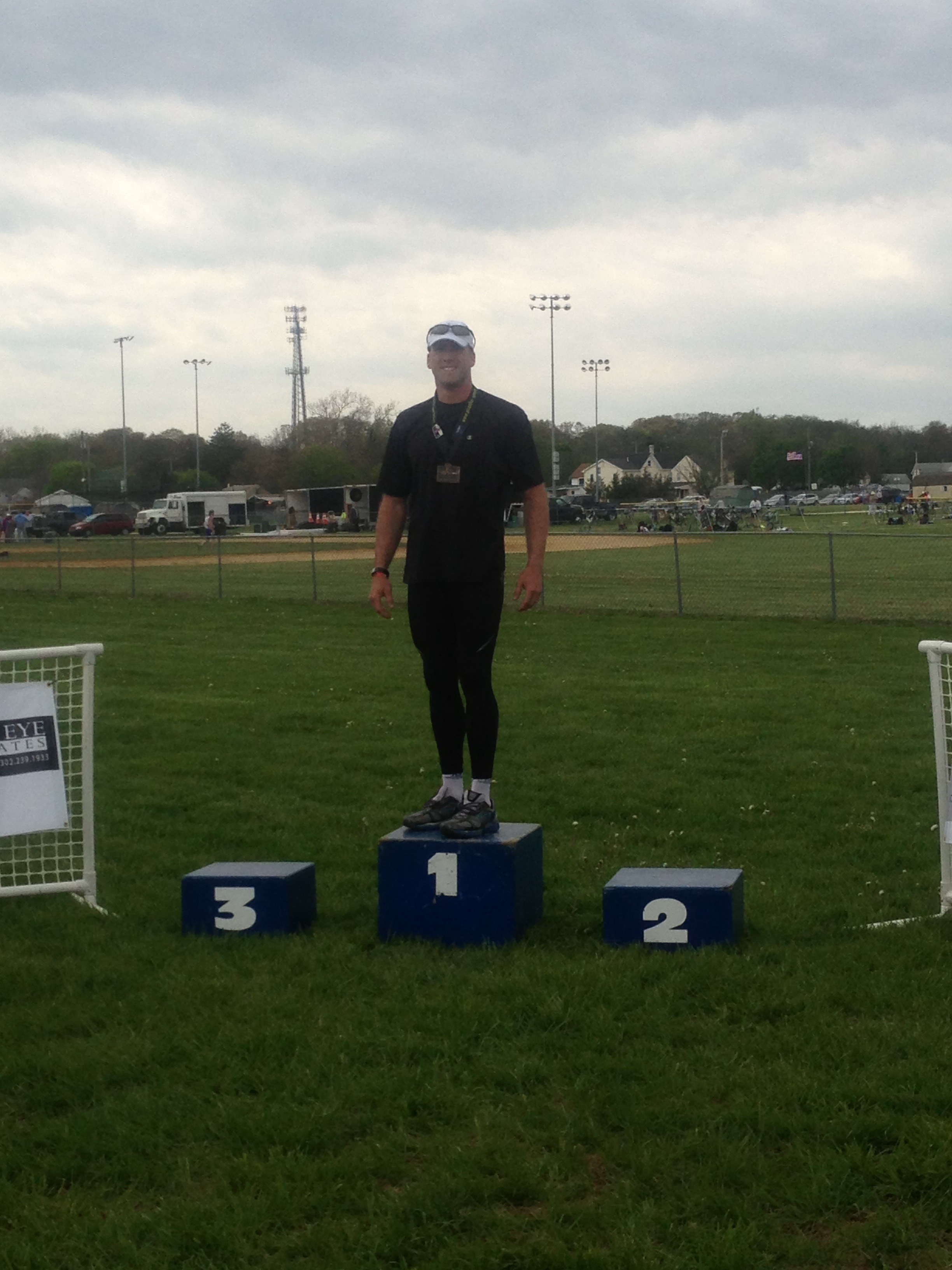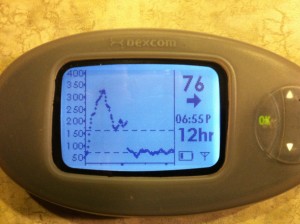Well, the end result is a mixed bag, but nothing to be surprised about considering recent training.
13:52 – 2 mile
1.23
1:59.45 – 40.3 mile
1.30
1:26.56 – 8.8 mile
Total – 3:43.28
Enough to place 10/21 for the Duathlon and 1st in my age group.
My training supports the results. I was pretty strong in the 2 mile and on the bike. However, the 3rd leg just isn’t where it needs to be. I haven’t started training with brick workouts yet, so it’s no surprise.
Action Item #1: Time to start the brick workouts.
As far as my fueling plan? Just about spot on. 25 grams of simple carbs every 20 mins through the event and my blood glucose, stayed just at, or just under my target performance range of 130-200. I had set my base rate of insulin for my pump at my predetermined rate, so that I wouldn’t drop too low, but still have enough insulin on board to turn the quick carbs into fuel for my legs.
Action Item #2: Make adjustments to basal rate to keep from dropping below 130 during event.
Other things I learned or was reassured of today.
1. The endurance community is made up of some generally good people.
2. Maybe I should put regular soda in the bottle that’s easy to clean.
3. Might have to make adjustments to my shoes, as my feet were cramping off of the bike. However, this may subside if I just do some bricks.
4. Mighta….shoulda used a little more chamois cream…….
5. This was a test. It’s always a test. But generally, I give myself a B. need to work on bricks and longer endurance. However, everything else went real well and I was able to push through to the 2.5 hour mark.
The Important Stuff
There are a couple of main reasons for why I am able to do this. Lets recount the excuses others have made or I could make:
1. I am a retired hammer and discus thrower.
2. I have asthma
3. I’m 6’2″ and 205 lbs
4. I have Type 1 Diabetes
However, never one to believe in naysayers, I took on this challenge of turning the above 4 items into an endurance athlete. And I’ll tell you how it happened:
I was inspired as a child through a camping program for kids with Type 1 Diabetes. By participating in this program, I learned I wasn’t alone, I could do things other kids do, and that I was fortunate to have good access to healthcare.
I was enabled through advancements in care by the research driving by JDRF, the #1 funded of Type 1 Diabetes research over the last 40 years.
Because of these experiences, I can take on some previously perceived ridiculous ideas of athletic performance. And by doing so, I hope it inspires others, others with challenges and especially my children, who have the mixed bag of athletic genes that may lead them to living with Type 1 Diabetes.
For that, I thank all of my JDRF sponsors again, for all of the support you have continuously share. JDRf, the Type 1 Diabetes community, and I, could not do it without you.


